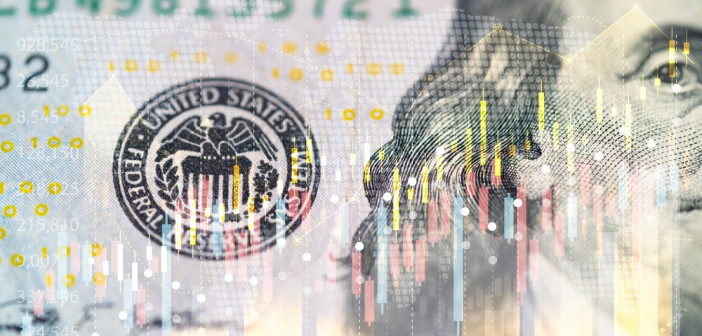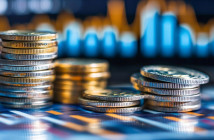The US added 187,000 jobs over the last month. It’s more than expected.
In August, US job and wage growth slowed down and unemployment was up, according to the US Bureau of Labor Statistics. While that might not be great news for workers — as the unemployment rate is now up to 3.8 percent from 3.5 percent — it’s a signal that the Federal Reserve’s plan to get inflation under control and avert a recession appears to be working.
That’s because the Fed sees high job and wage growth as a contributor to inflation: “The reduction in average job and wage growth is exactly what the Federal Reserve wants to see,” said Dante DeAntonio, senior director of Moody’s Analytics. “The Fed largely views the labor market as the most important battleground in its fight against above-target inflation.”
The US added 187,000 jobs over the last month. It’s more than expected, but it’s still below the key figure of 200,000 — a number that had not been crossed for 29 consecutive months before June. Hourly earnings rose 4.3 percent, which is still above wage growth at this time last year. DeAntonio said that he expects wage growth to fall in the next few months. Overall, he said, the Fed would like to see wage growth at 3.5 percent or lower.
President Joe Biden touted the numbers during an address at the White House Friday. He’s been trying to invoke “Bidenomics,” a term encompassing his vision for the US economy, as a selling point for his 2024 reelection campaign — and as a weapon against his Republican rival, former President Donald Trump.
“It wasn’t that long ago that America was losing jobs,” Biden said. “In fact, my predecessor was one of only two presidents in history who entered his presidency and left with fewer jobs than when he entered.”
Financial analysts were looking to this jobs report for an indication as to whether the Fed will decide to raise interest rates again at its September meeting. It had raised rates in July after a brief pause to rate hikes the prior month — a move that some analysts thought unnecessary because the economy may have not had time to fully adjust to the previous 10 interest rate hikes over the last year, resulting in a potentially delayed contraction.
Last week, Fed Chair Jerome Powell said in a speech in Jackson Hole, Wyoming, that a “monetary policy response” might be necessary if high wage and job growth and labor force participation didn’t show signs of easing in August. He’s also repeatedly indicated that the Fed is looking to slow, but not stop, its aggressive approach to inflation until it reaches its 2 percent target rate.
“The monetary policy implications of the August employment report are relatively high” since this is the last major report on the labor market before the September Fed meeting, DeAntonio said.
The August jobs report brought welcome news in that respect, indicating the kind of cooling labor market that the Fed has been trying to reach.
Is a recession still unlikely?
The new jobs report doesn’t seem to change the US’s recession outlook. The labor market is still resilient, but not overheating to the level that the Fed seems likely to further raise interest rates and potentially plunge the economy into the two consecutive quarters of negative gross domestic product growth required to qualify as a technical recession.
Previously, a July Bloomberg survey of business economists found that a strong majority believed that the likelihood of a recession in the next year was 50 percent or less. Powell also said in July that he believed a recession was unlikely. His staff projected a “noticeable slowdown in growth starting later this year in the forecast, but given the resilience of the economy recently, they are no longer forecasting a recession,” he said.
Should the US avert a recession, any interest rate cuts still probably won’t happen until June 2024, Moody’s Analytics economist Matt Colyar previously told Vox.
“I think they are going to sit and wait for upwards of a year,” he said. “And that aligns with inflation slowing, the [Fed board of governors] feeling really confident that inflation is where they need it to be, if not trending toward it.”




